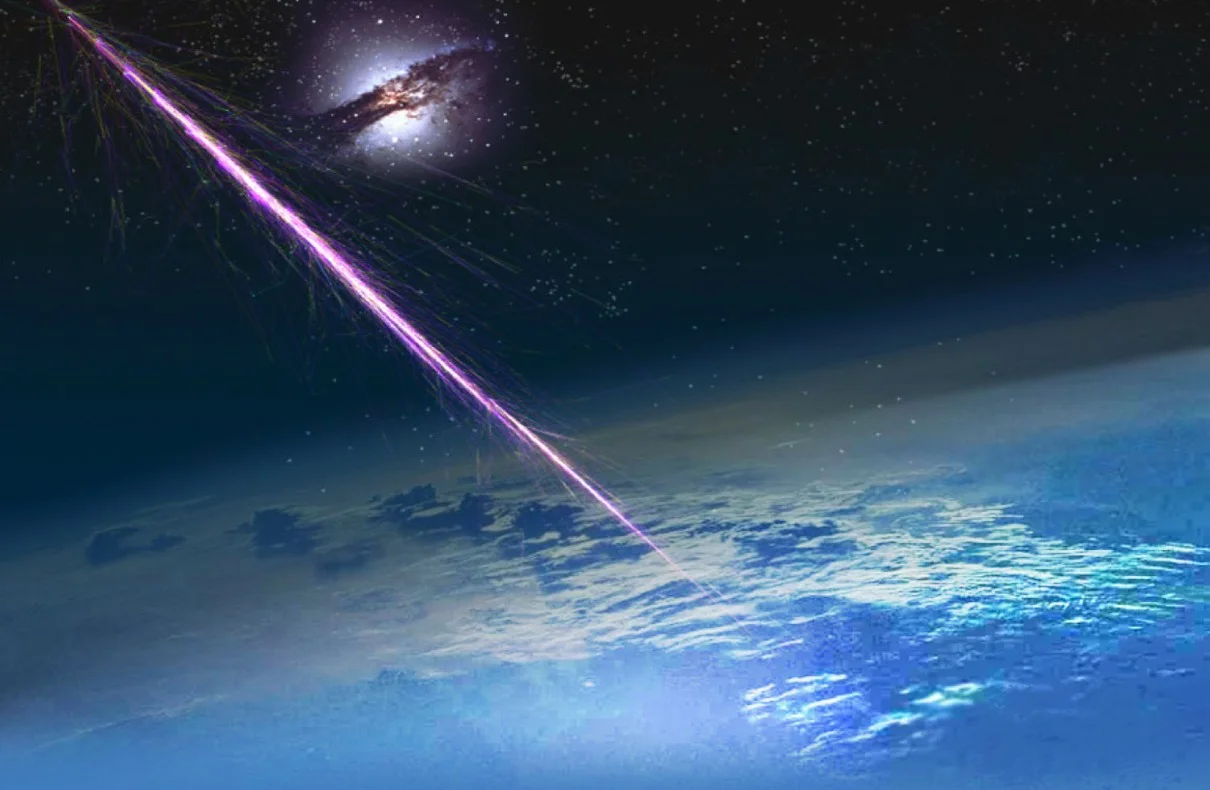
Cosmic rays have long fascinated scientists with their mysterious origins and powerful energy levels. These charged particles, which travel through space at nearly the speed of light, have been a subject of intense research and speculation for over a century. In recent years, Chinese scientists from the Chinese Academy of Sciences’ Institute of High Energy Physics have made significant strides in unraveling the enigma of cosmic rays by identifying a potential source within our very own galaxy, the Milky Way.
In a recent study published in Science Bulletin, Chinese scientists revealed the existence of a massive gamma-ray bubble within the star-forming region Cygnus OB2. This bubble, dubbed a “super PeVatron,” has the remarkable ability to accelerate particles to super-high energy levels, reaching at least 10 petaelectronvolts (PeV). This finding pushes the boundaries of our understanding of the maximum energies cosmic rays can attain within the Milky Way.
SpaceX and NASA Gear Up for Weather-Delayed Crew-8 Launch
For years, scientists have been searching for high-energy sources of cosmic rays, and the discovery of the super PeVatron in Cygnus OB2 is a breakthrough in this quest. The Chinese scientists, led by Professor Zhen Cao, utilized the Large High Altitude Air Shower Observatory (LHAASO) in Daocheng, China, to measure gamma rays emanating from the star-forming region. These gamma rays, produced by the interaction of cosmic rays with interstellar gas, provide valuable insights into the potential sources of cosmic rays.
The observations made by the LHAASO team unveiled a colossal gamma-ray-emitting structure, known as a bubble, in Cygnus OB2. This bubble emits photons with energies exceeding 1 PeV, with some reaching as high as 2.5 PeV. This suggests that the region has the capability to generate cosmic rays with energies ranging from 10 to 25 PeV.
The hot and short-lived stars within Cygnus OB2 produce powerful stellar winds that collide with interstellar gas and other materials. These collisions create ideal conditions for the acceleration of cosmic rays to high energy levels. The researchers hypothesize that the high-speed winds generated by these stars, along with the collisions, act as a particle accelerator within the bubble, producing the observed high-energy cosmic rays.
The discovery of the super PeVatron and its association with the gamma-ray bubble in Cygnus OB2 challenges previous theories regarding the origins of cosmic rays. Until now, it was believed that cosmic rays with energies lower than 1 PeV originated within the Milky Way, while those with higher energies originated from outside our galaxy. However, the findings of the Chinese scientists suggest that the Milky Way is capable of producing cosmic rays with significantly higher energies than previously thought.
Gavin Rowell, an astroparticle physicist at the University of Adelaide, describes the results as “exciting” and emphasizes their potential to revolutionize our understanding of cosmic ray transport within the galaxy. The discovery of the super PeVatron highlights the importance of studying gamma rays as a means of pinpointing potential cosmic ray sources and unraveling the complex mechanisms behind their acceleration.
Amazon, SpaceX, and Trader Joe: Challenging the Constitutionality of the Labor Board
While the discovery of the super PeVatron in Cygnus OB2 is a significant milestone, there is still much to learn about the precise mechanisms driving the acceleration of cosmic rays within the bubble. Professor Zhen Cao and his team plan to conduct further investigations to pinpoint the exact source of these high-energy cosmic rays within the star cluster. Additionally, they aim to search for other super accelerators within the Milky Way, shedding more light on the origin and nature of cosmic rays.
The implications of this research extend beyond the realm of astrophysics. Understanding the sources and mechanisms behind cosmic ray acceleration can provide insights into fundamental particle physics and the behavior of matter and energy in extreme conditions. Furthermore, gaining a deeper understanding of cosmic rays can have practical applications in fields such as space exploration, radiation protection, and even cancer treatment.
